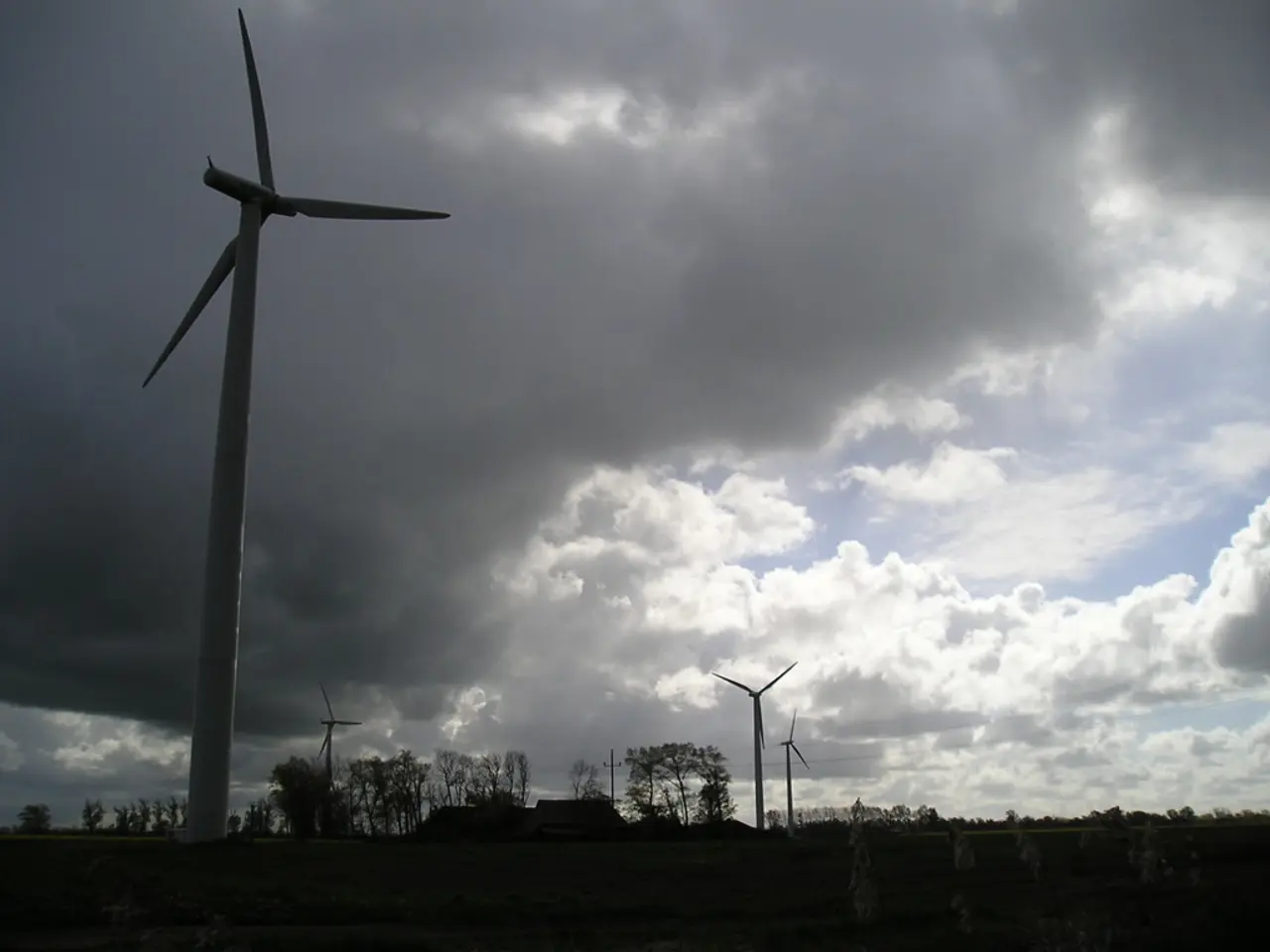Wind and solar energy expansion continues under the radar as states take advantage of existing tax incentives
In a bid to combat soaring power demand and reduce greenhouse gas emissions, several states are fast-tracking plans to increase their renewable energy capacity.
Maine is leading the charge, with utility regulators planning to procure nearly 1,600 gigawatt-hours of renewable energy. This move comes as wind and solar farms in the state must start construction by July 4, 2026, or be placed in service by Dec. 31, 2027, to qualify for full production or investment tax credits. However, the shortened timeline is expected to slow the construction of these projects.
Elsewhere, New York Gov. Kathy Hochul (D) has directed state energy regulators to conduct a high-level review of the budget law's impact on New Yorkers. In Colorado, Governor Jared Polis (D) has issued an executive action to prioritize the deployment of clean electricity projects in response to the Trump administration's budget law.
Polis penned a letter directing state agencies to move quickly and secure success for large-scale wind, solar, and battery storage resources, as well as community solar projects. Colorado's executive director of the Energy Office, Will Toor, stated that getting as many projects as possible able to move forward on a timeline that allows them to receive those tax credits is very much in the state's interest.
State legislative action could follow next year in Colorado regarding the prioritization of clean electricity projects. The measures to accelerate the expansion of wind power, solar systems, and battery systems, as outlined in Polis's letter, are aimed at the period until the end of his current term in office, which concludes in January 2027.
Residential and community solar developers in California's Orange County and Minnesota are focused on installing as many solar arrays as they can. Clean energy developers in New York are calling for more specific actions to expedite wind and solar development.
Nathanael Greene, director of renewable energy policy for the Natural Resources Defense Council (NRDC), stated that the question for states is what they can do to maximize the benefits from clean technologies between now and when the tax credits phase out. Alana Miller, who leads NRDC's climate and clean energy policy team in Colorado, said the governor's letter is a key first step and provides a lot of urgency at this specific moment.
However, the GOP megalaw rapidly phases out incentives for clean energy, with the new law phasing out incentives years before Biden-era tax credits were set to lapse. This could potentially slow down the pace of renewable energy expansion in some states.
The letter from Governor Polis also raises the idea of invoking the Public Utilities Commission's authority to override local permit denials. This could be a contentious issue, as local lawmakers and utility regulators have been working to modernize their grids and streamline energy permitting.
In conclusion, states are taking bold steps to accelerate the expansion of renewable energy, but the future of these initiatives could be influenced by the phasing out of incentives and potential conflicts with local lawmakers. The question now is how states can maximize the benefits from clean technologies while navigating these challenges.




